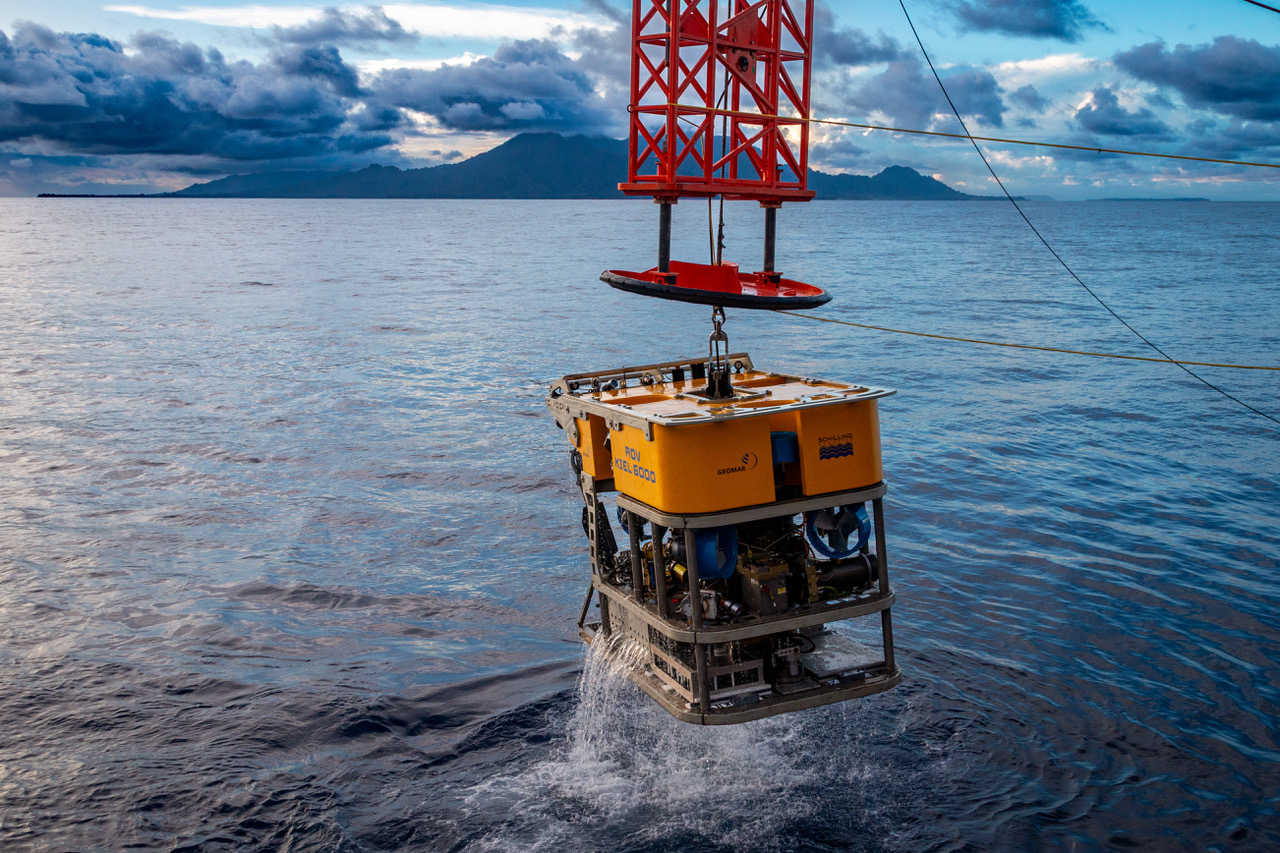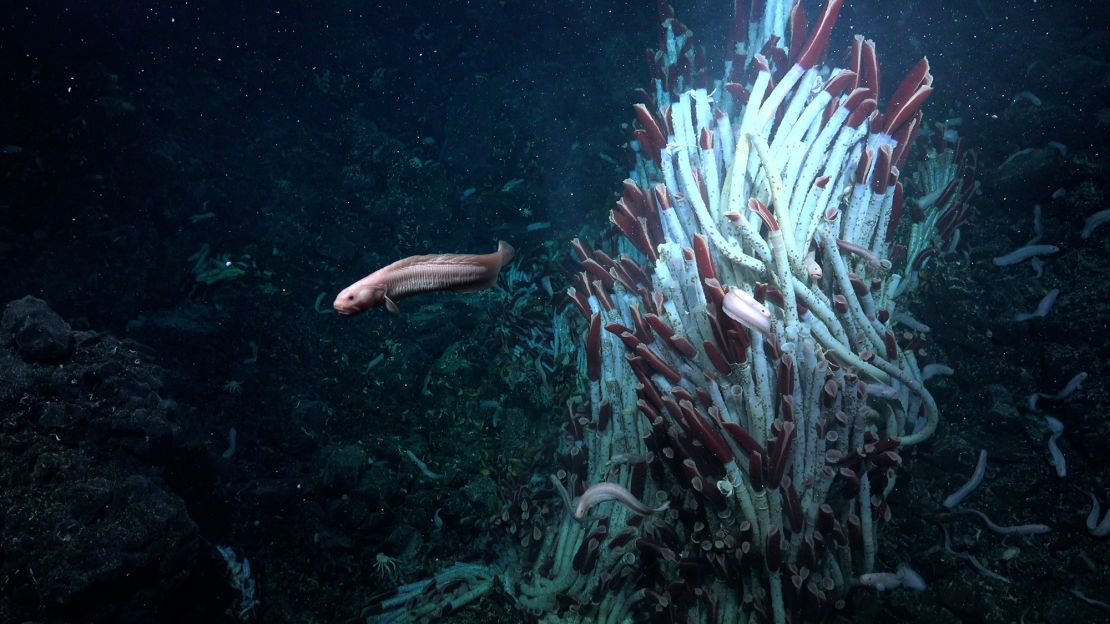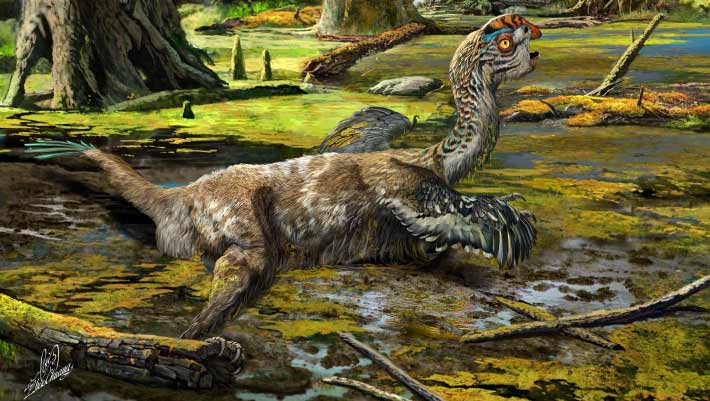Beneath the surface of Mexico’s Yucatán Peninsula lies an extensive network of underwater caves and cenotes, offering a unique frontier for exploration. These submerged passageways, formed over millennia, provide valuable insights into geology, hydrology, and even ancient human history. The cenotes, natural sinkholes resulting from collapsed limestone bedrock, serve as gateways to these hidden realms, attracting divers and scientists alike.
Exploring these underwater caves requires specialized training and equipment due to their complex and often treacherous nature. Divers navigate through narrow passages, guided by lines and relying on precise buoyancy control to avoid disturbing delicate formations. The caves’ isolation has preserved unique ecosystems, including species adapted to complete darkness, offering a living laboratory for biologists studying evolutionary processes.
Beyond their scientific significance, the Yucatán’s underwater caves hold cultural and historical importance. Archaeologists have discovered ancient Mayan artifacts and human remains within these submerged chambers, shedding light on rituals and practices of past civilizations. As exploration continues, these underwater caves promise to reveal further secrets, enriching our understanding of both natural history and human heritage.




